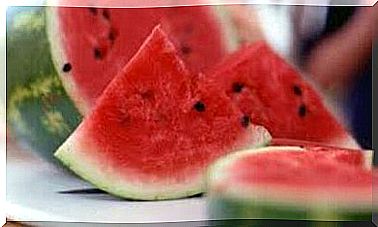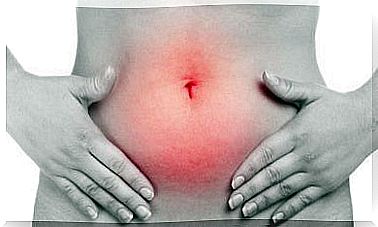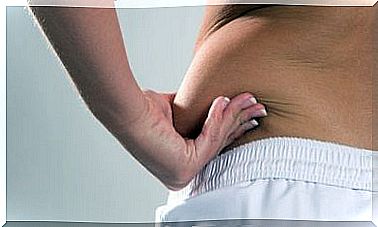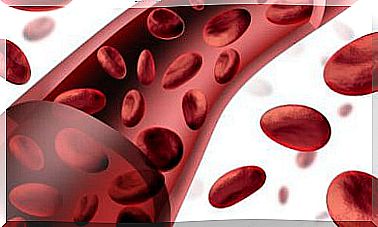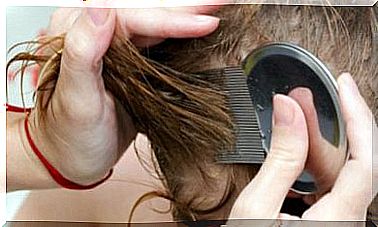4 Types Of Injections Or Injection Angles You Should Know About

Injectables are the parenteral form of drug administration. There are 4 types of injections that are classified according to the route of administration. Injectable drugs come in two types of glass containers, ampoules and vials.
The ampoules are closed system, have long necks and a constriction at the base. Once the neck is broken, it becomes an open system from which medicine can be aspirated through the opening made.
The vials are closed-system, have a short neck and a metal-lined rigid plastic stopper. To extract the content, it is necessary to inject a volume of air equal to the volume of the substance to be extracted.
It may also be that the drug is presented for direct administration or for mixing with a solvent. Next, we will present the four types of injections, as well as the specific characteristics of each one.
1. Intravenous injections

The intravenous route is used for administering medication in the following cases:
- Emergency situation.
- Serum Therapy.
- Diluted drugs.
It is the fastest way, as the drug is absorbed immediately.
2. Intradermal injections
It is one of the types of injection used to perform diagnostic tests, skin tests such as allergies, and to administer local anesthetics.
In intradermal injections, an amount of drug equal to or less than 0.3 milliliters is introduced. They are usually done with a 1 milliliter syringe or a short beveled needle, which is usually orange or clear.
They can be applied to areas of the shoulder, the central region of the inner forearm or the upper middle of the back.
Procedure for administering intradermal injections
With one hand, the skin of the area to be punctured is stretched and, with the other, the needle is inserted almost parallel to the skin and with the bevel upwards. The drug is slowly inoculated until a wheal is observed. Finally, the needle is removed without pressing the papule.
3. Subcutaneous injections
These types of injections are used to introduce the drug into the subcutaneous tissue. The drugs most commonly used in this way are as follows:
- Vaccines.
- Heparins.
- Insulins.
The volume administered varies between 1.5 and 2 milliliters with 1 or 2 milliliter syringes and a medium orange bevel needle. It is a slow absorption route and the most used areas are the outer surface of the arm, the front of the thigh, the abdomen and the scapular region of the back.
Procedure
After disinfecting the application area, a skin fold is made. The needle should be inserted at a 45-degree angle with the bevel facing up. The embolus must be sucked in to verify that a blood vessel has not been punctured.
If administering heparin, the angle should be 90 degrees. It is important to remind the patient to whom the medication is administered not to touch or press on the puncture site to avoid bruising.
4. Intramuscular injections
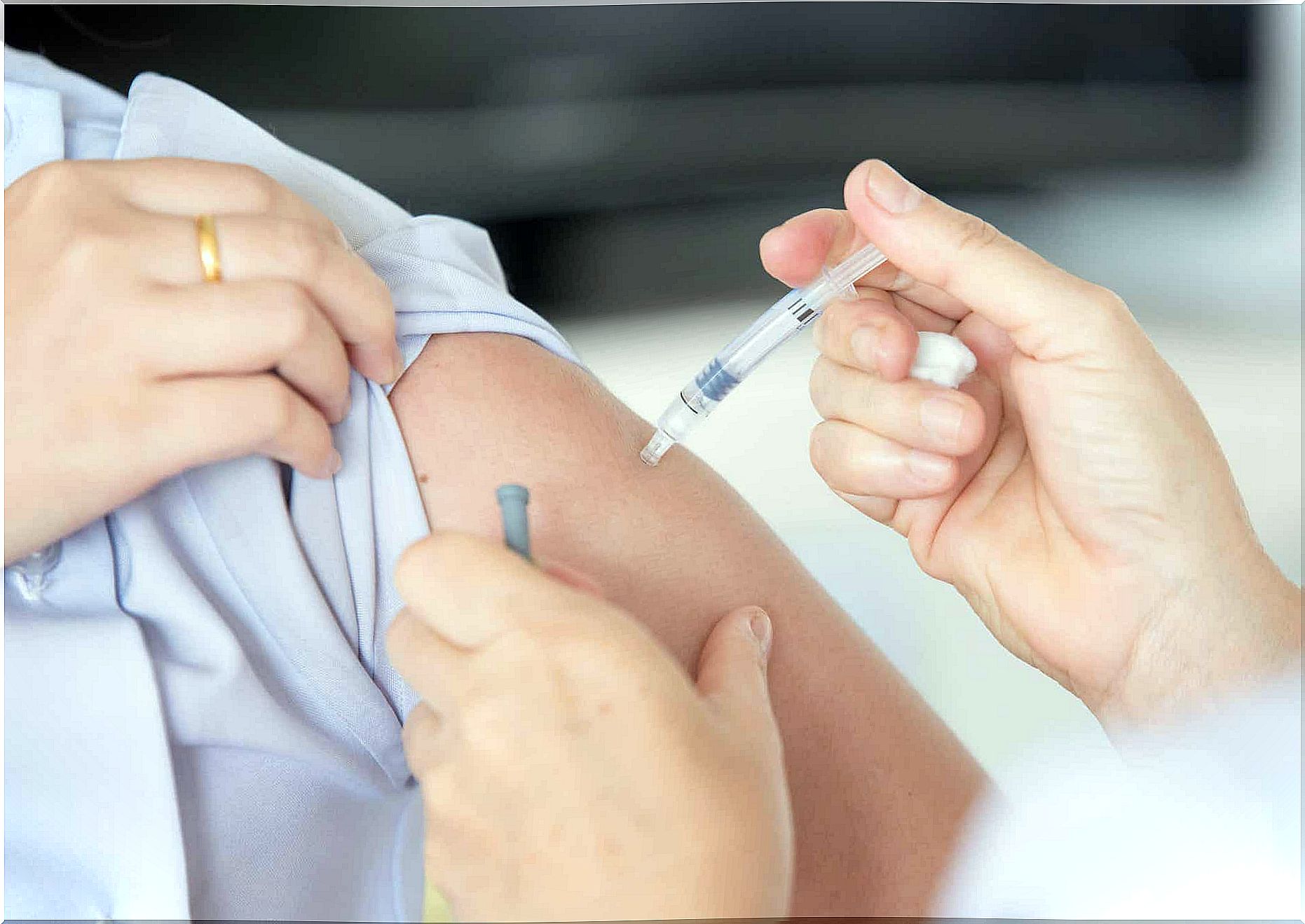
Intramuscular injections are a type of injection used to deliver medications into the muscle. The most commonly used medications for this route are vaccines and others, such as analgesics, anti-inflammatory drugs, corticosteroids and antibiotics.
It is a faster absorption route than the subcutaneous one, and its effect appears after about 15 minutes. The injected volume is less than 15 milliliters and the syringe used is 2 or 5 milliliters with a medium bevel needle and green color for adults.
The most common areas for its administration are the superior external quadrant of the glutes, the deltoid and the vastus lateralis of the leg.
Procedure
To administer these injections, the needle is inserted at a 90 degree angle directly into the muscle. The loaded syringe is then fitted and aspirated to verify that a capillary has not been punctured.
The medicine is inserted slowly as it is a painful way. This is because the muscle fibers are very close together, and when the fluid is injected, they break off causing pain. When finished, the syringe and needle are removed at the same time.
It all depends on the drug and the situation.
As you can see throughout the article, the routes of administration of drugs by the parenteral route are multiple and depend on several factors. You will now be a little more informed about the procedures the next time you need to go to the hospital.

